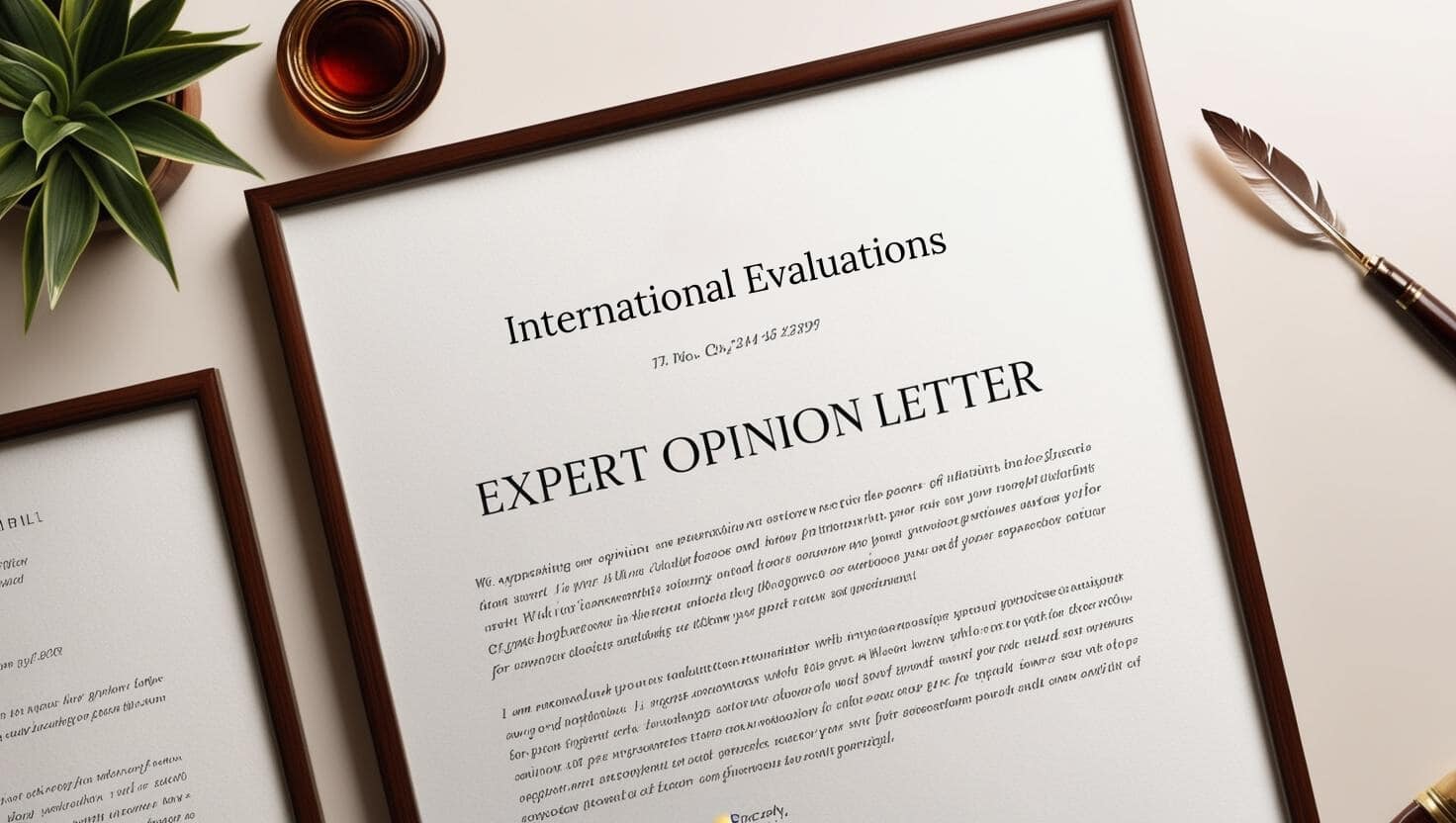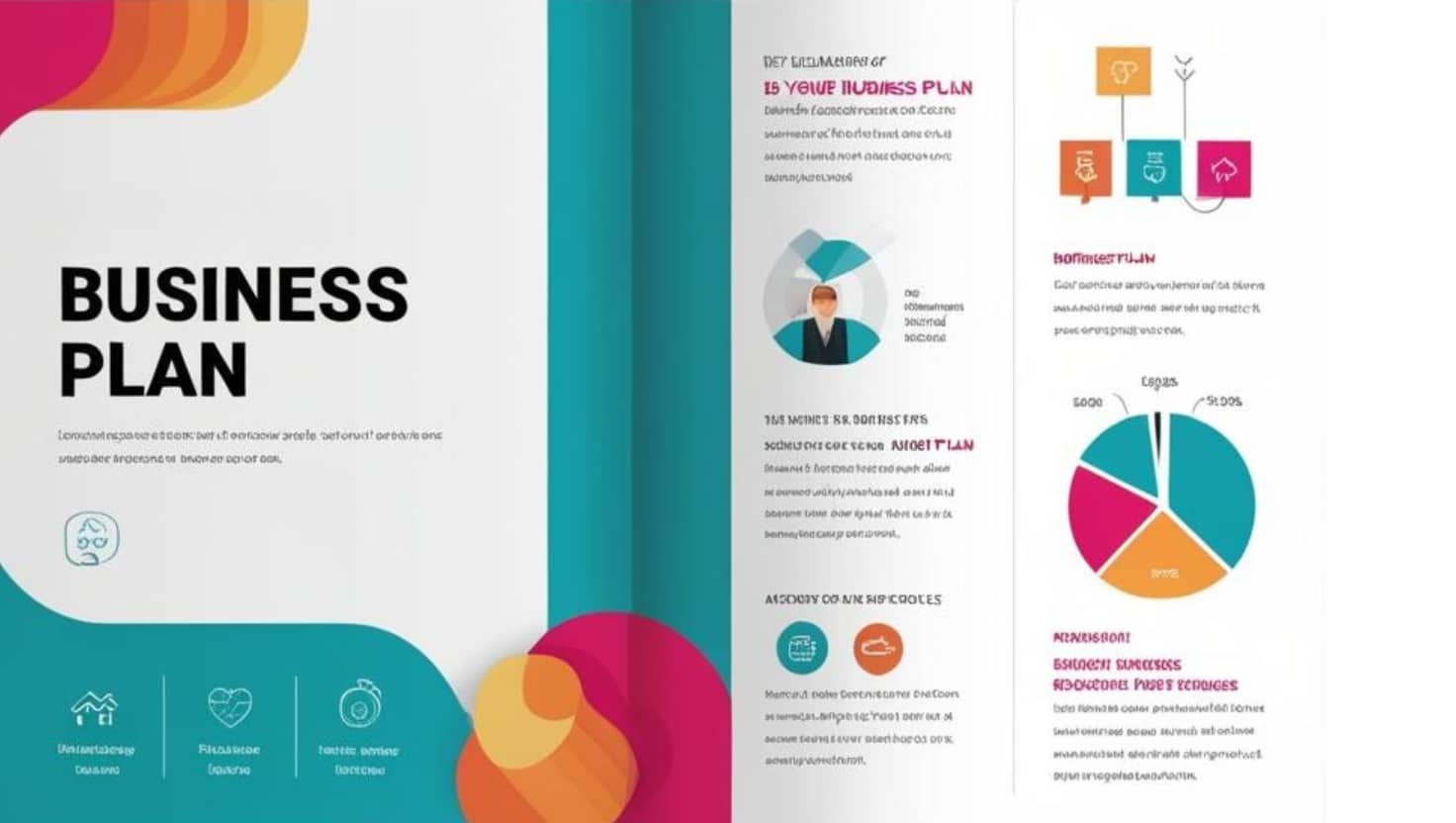Introduction
In today's globalized globe, college credentials are significantly valued across nationwide borders. Lots of individuals seek to advance their professions or pursue instructional opportunities in various nations, necessitating a thorough understanding of their academic qualifications. This is where international credential evaluation services come into play, helping both people and organizations in verifying the authenticity and similarity of international scholastic credentials.
Among the numerous methods of credential evaluation, the course-by-course credential evaluation stands apart as a careful strategy that provides a comprehensive evaluation of a person's academic records. This short article will certainly explore the nuances of course-by-course examinations, detailing what they require, why they are essential, and just how they can affect one's job trajectory.
What is Course‑by‑Course Credential Evaluation?
Definition and Purpose
A course-by-course credential evaluation includes a comprehensive evaluation of each program detailed on a scholastic records. This examination not only translates qualities and debts however likewise evaluates the content and roughness of each course taken by the pupil. The main objective is to determine exactly how these training courses align with instructional standards in an additional country.
Importance of Course‑by‑Course Evaluations
Why is it important to perform a course-by-course examination? For individuals preparing to study or function abroad, this sort of analysis can supply valuable understandings into exactly how their previous scholastic experiences convert in a new context. It aids institutions in making notified decisions concerning admissions, hiring, or licensure.
The Refine of Course‑by‑Course Credential Evaluation
Step 1: Paper Collection
The first step in any type of academic credential evaluation procedure is accumulating necessary documents. This usually includes:
- Official transcripts Degree certificates Course curricula (if offered)
Having these documents all set simplifies the evaluation process.

Step 2: Review and Analysis
Once papers are collected, critics thoroughly review them for credibility and completeness. Each program is analyzed based upon numerous requirements:

- Credit Hours: How many credit ratings were designated to every course? Grades: What qualities were achieved? Course Web content: What subjects were covered?
Step 3: Comparison with Regional Standards
After extensive evaluation, evaluators compare the training courses versus regional academic requirements. They might reference sources such as:

- National databases Accreditation bodies Institutional guidelines
This comparison assists figure out similarity levels for https://ameblo.jp/codyydvz392/entry-12919177715.html each course.
Step 4: Record Generation
Finally, critics assemble their searchings for into a thorough record that lays out:
Total debts earned. Equivalent courses at neighborhood institutions. Grading scales comparisons.This record acts as a certification that can be presented to colleges or employers.
Benefits of Course‑by‑Course Credential Evaluations
Enhanced Comprehending of Academic Background
One main benefit is that pupils gain quality on exactly how their global education and learning straightens with local assumptions. This understanding furnishes them for much better decision-making concerning further studies or task applications.
Increased Employability
Many companies call for candidates to have reviewed qualifications when thinking about applicants from abroad. A positive analysis can significantly improve employability prospects.
Facilitates Admission to Educational Programs
For trainees desiring to enlist in level programs, having an in-depth analysis assists organizations examine whether applicants meet entrance demands much more effectively.
Work Experience Evaluation vs. Course-by-Course Credential Evaluation
What is Work Experience Evaluation?
A work experience evaluation concentrates on evaluating specialist experiences instead of academic success. It analyzes skills gotten via work as opposed to official education.
Key Differences In between Evaluations
|Function|Course-by-Course Credential Examination|Job Experience Evaluation|| ---------------------------|---------------------------------------|----------------------------|| Focus|Academic training courses|Expert experience|| Documents Needed|Records and syllabi|Employment letters|| Result|Academic similarity|Ability recognition|
Understanding these differences helps individuals in picking which kind of assessment fits their requirements best.
Expert Viewpoint Letters
Importance of Expert Opinion Letters
An expert point of view letter serve as an additional layer of validation for evaluations, particularly when one-of-a-kind circumstances occur-- like unaccredited organizations or non-traditional educational experiences.
How They Are Used
These letters can support applications by offering insights from specialists that assess qualifications based upon industry criteria or certain institutional requirements.
Common Misunderstandings Regarding Credential Evaluations
Myth 1: All Analyses Are Developed Equal
Not all analyses hold the very same weight; different organizations have differing approaches and approval rates amongst institutions.
Myth 2: Only Degrees Matter
While degrees are vital, many companies worth abilities gained via job experience equally-- and this highlights the importance of work experience examinations together with academic assessments.
FAQs Regarding Course‑by‑Course Credential Evaluation
What files do I need for a course-by-course credential evaluation?- You usually need official records, degree certificates, and perhaps training course curricula if available.
- The period differs by company yet normally ranges from a couple of weeks to a number of months depending on complexity.
- Yes! Most companies recognize assessed credentials when making employing decisions.
- Generally speaking, of course; as a result of its detailed nature and thorough analysis.
- Not all; it's vital to check certain institutional demands prior to applying.
- It's finest to make clear any type of inconsistencies with your establishment before submission; evaluators may flag variances impacting your assessment.
The Role of Different Stakeholders in Credential Evaluation
Educational Institutions
Institutions depend on accurate analyses to confess qualified prospects while making certain compliance with accreditation standards.
Employers
Employers make use of examinations to verify possible hires' credentials accurately-- improving count on during recruitment processes.
Government Bodies
Some government agencies require credential assessments for immigration objectives; hence playing a crucial function in international mobility.
Conclusion
In summary, navigating the intricacies surrounding global education and learning needs comprehensive understanding and knowledge-- both discovered within the world of credential evaluations particularly focused on training courses taken during one's scholastic journey. A course-by-course credential evaluation not just brightens individual accomplishments however also fosters possibilities throughout boundaries via boosted employability and academic access.
As globalization continues shaping our globe, investing time into recognizing these nuances can prove indispensable for those looking toward international horizons-- whether academically or professionally oriented! Always remember that you have options readily available-- so make educated decisions concerning your future!